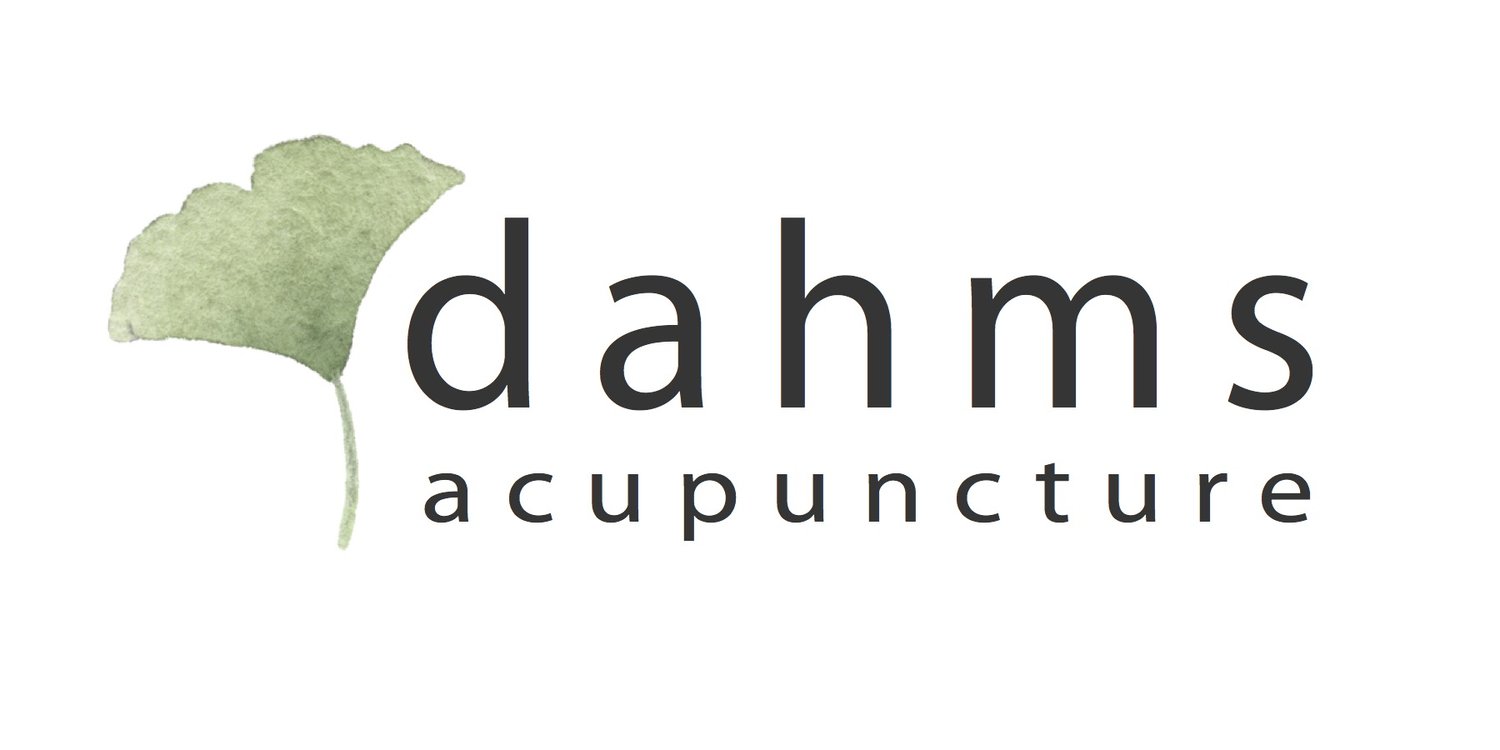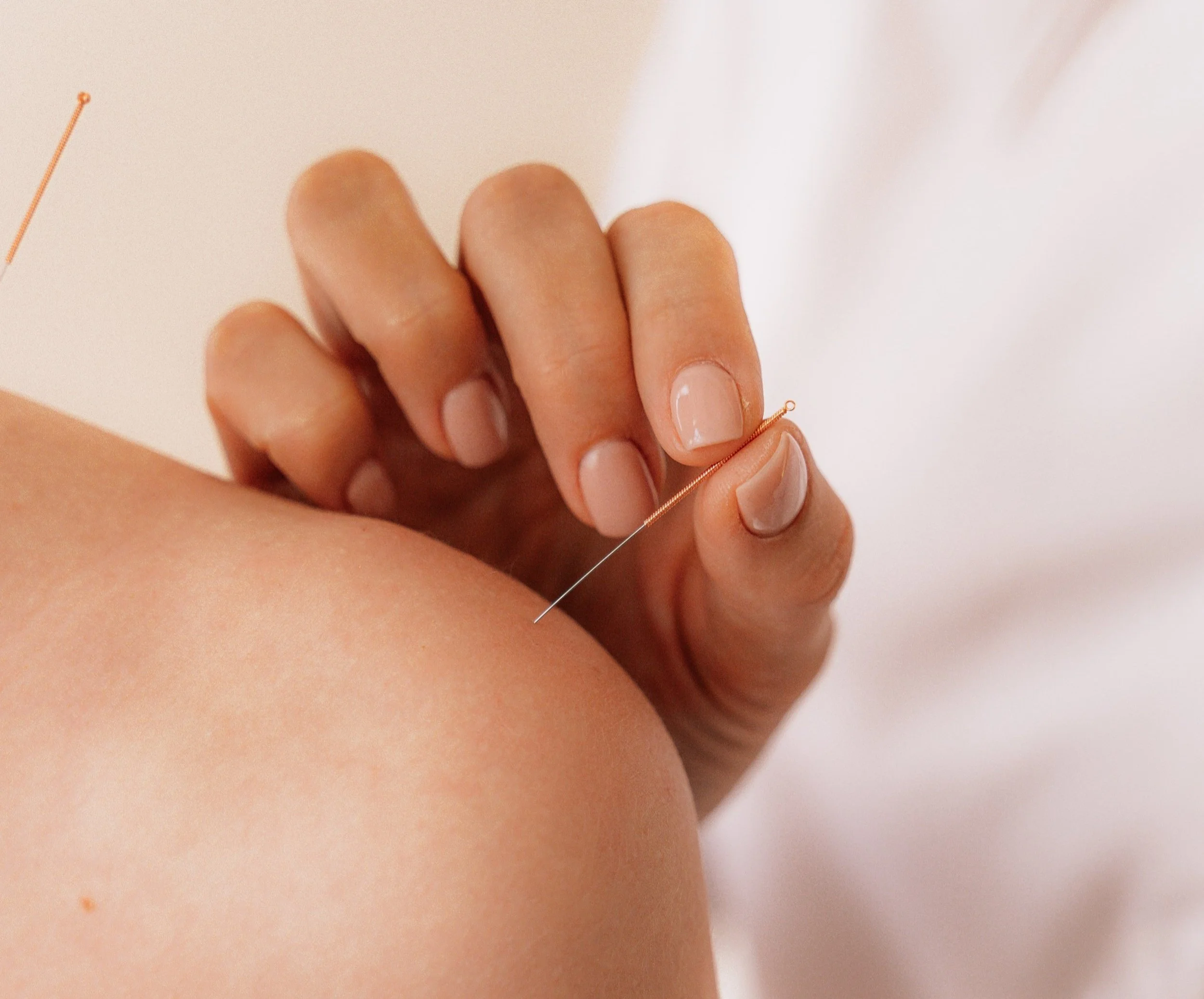How does it work?
The Science and History of Acupuncture
Acupuncture has been an integral part of Chinese medicine for thousands of years, with its earliest recorded use found in the Huang Di Nei Jing (The Yellow Emperor’s Classic of Internal Medicine), dating back to approximately 100 BCE. This ancient practice has evolved over centuries, combining traditional principles with modern scientific research to enhance our understanding of its therapeutic effects.
How Acupuncture Works
The human body has over 2,000 acupuncture points, interconnected by 20 meridians (channels) that facilitate the flow of qi ("chi"), or vital energy, between the body's surface and internal organs. Each acupuncture point influences specific physiological functions, and precise needle placement aims to restore balance, relieve pain, improve blood circulation, and reduce inflammation.
Diagnosis in acupuncture is based on traditional Chinese medical theories, which assess the body’s condition through eight key principles:
Yin/Yang (balance of opposing forces)
Internal/External (origin of illness)
Excess/Deficiency (strength of pathology)
Hot/Cold (nature of imbalance)
Scientific Understanding of Acupuncture
Over the past 60 years, extensive research has clarified how acupuncture modulates pain and inflammation. Studies show that acupuncture:
Stimulates the release of endogenous opioid neuropeptides (natural painkillers) and non-opioid neuropeptides that regulate pain and inflammation.
Activates biochemical and cellular signaling pathways, contributing to its therapeutic effects.
Affects the central nervous system, including spinal reflexes that promote muscle relaxation and organ function.
Alters brain function, reducing activity in the limbic system (linked to stress and illness) while improving regulation of the hypothalamic-pituitary-adrenal (HPA) axis, the body's main system for hormone regulation and stress response.
Enhances parasympathetic nervous system activity, which promotes relaxation, digestion, and tissue healing.
The Modern Role of Acupuncture
By integrating ancient wisdom with modern neuroscience and physiology, acupuncture continues to be a valuable tool in pain management, stress reduction, and overall health optimization. Ongoing research continues to expand our understanding of its mechanisms and clinical applications, reinforcing its role as a respected component of evidence-based medicine.
In an official report, Acupuncture: Review and Analysis of Reports on Controlled Clinical Trials, the World Health Organization listed the following symptoms, diseases and conditions that have been shown through controlled trials to be treated effectively by acupuncture:
Adverse reactions to radiotherapy and/or chemotherapy
Allergic rhinitis (including hay fever)
Biliary colic
Depression (including depressive neurosis and depression following stroke)
Dysentery, acute bacillary
Dysmenorrhoea, primary
Epigastralgia, acute (in peptic ulcer, acute and chronic gastritis, and gastrospasm)
Facial pain (including craniomandibular disorders)
Headache
Hypertension, essential
Hypotension, primary Induction of labour
Knee pain
Leukopenia
Low back pain
Malposition of fetus, correction of
Morning sickness
Nausea and vomiting
Neck pain
Pain in dentistry (including dental pain and temporomandibular dysfunction)
Periarthritis of shoulder
Postoperative pain
Renal colic
Rheumatoid arthritis
Sciatica
Sprain Stroke
Tennis elbow
To view the official report, Acupuncture: Review and Analysis of Reports on Controlled Clinical Trials by the World Health Organization, download the pdf.
References:
The Acupuncture Evidence Project – A Comparative Literature Review 2017 – Acupuncture.org.au. 2017;:1–81.
Cho ZH, Hwang SC, Wong EK, et al. Neural substrates, experimental evidences and functional hypothesis of acupuncture mechanisms. Acta Neurol Scand 2006;113:370–7. doi:10.1111/j.1600-0404.2006.00600.x
Lund I, Lundeberg T. Mechanisms of Acupuncture. Acupuncture and Related Therapies Published Online First: 2016. doi:10.1016/j.arthe.2016.12.001









